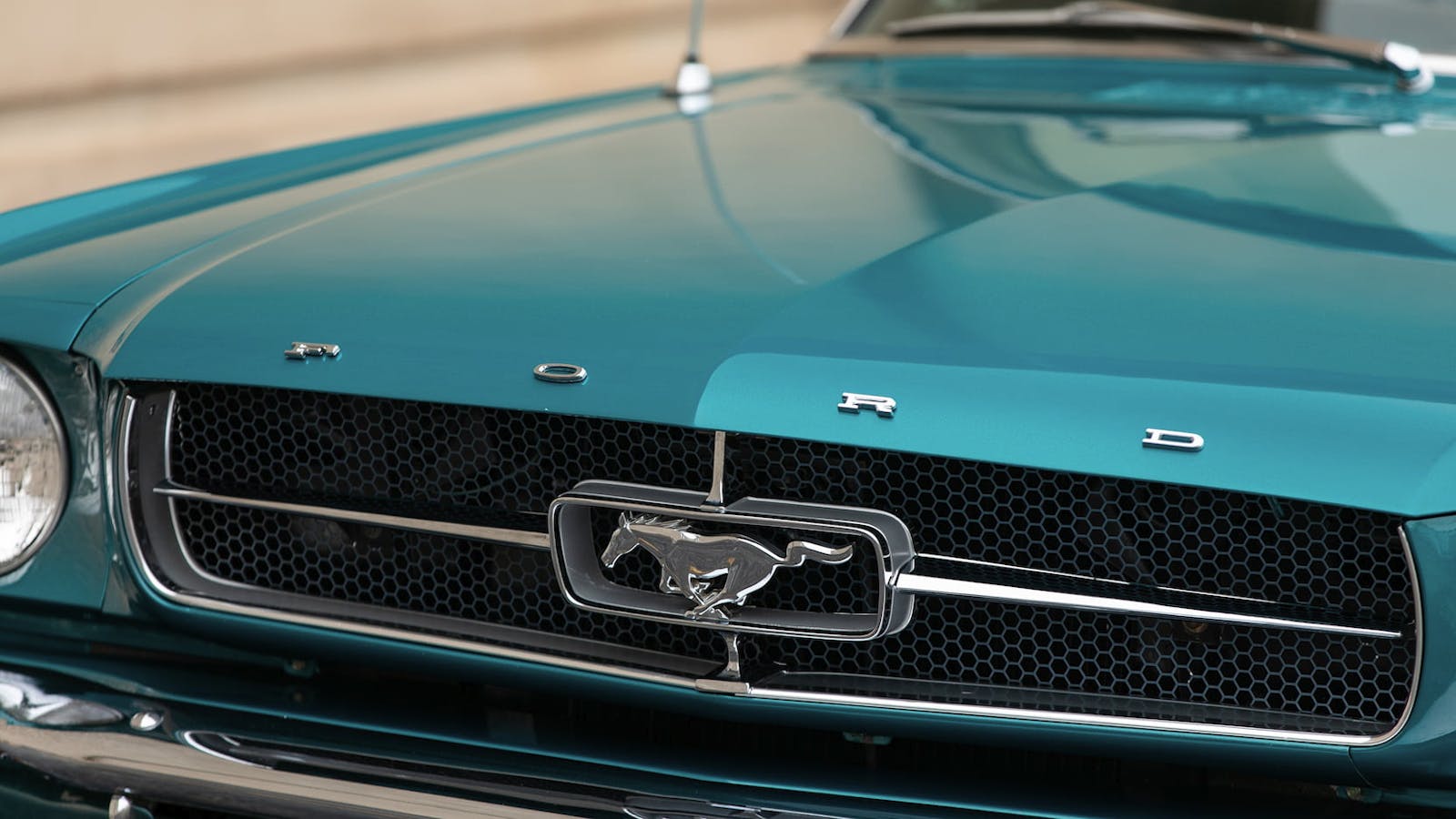Are online car shoppers younger than those who buy in person?

We know that the classic car market is getting younger every day—millennials are the fastest growing group of potential customers calling Hagerty for quotes on insurance. We also know that it’s getting more digital, thanks to meteoric growth of online auction platforms, which we expect will outsell in-person auctions in 2021. But are online auctions actually the source of the younger buyers? The assumption (perhaps an ageist one) is that the people comfortable bidding on screens are younger than those who attend live auctions.
But we at Insider don’t trust assumptions. Let’s look at some data.
One of the first things many people do after winning a car at auction is to get the thing insured at Hagerty. And, naturally, one of the pieces of information contained in an insurance policy is the age of the person who holds it. In fact, over the past four years, we’re able to match 23,000 auction transactions to insurance policies—a trove of information on auction buyers.
The average age of an online auction buyer? Fifty five years old. Hardly your stereotypical millennial. In fairness, the average online auction buyer is younger than the average person who buys at a land-based auction, but by just 5 years.
Perhaps we need to zoom in on particular eras of vehicles. Surely, the people paying six-figures on Bring a Trailer for Subarus and Datsuns are kids, and those buying Vettes and Mustangs at Mecum are Boomers, right? Um, wrong. The charts below plot auction buyers’ age against the age of the cars they bought.
You’re thinking: “Wait, all I see is a shapeless cloud of points.” That’s exactly right. If people were only buying and selling the new cars of their youth, we’d see a diagonal band where the age of the enthusiast is consistently 16 years older than that of the vehicle. The blobs—which look pretty much the same for both live and online auctions—make clear that there’s no relationship between the age of the enthusiast and the age of the vehicle they’re buying. People in their 70s and 80s are buying everything from new cars to those built in the 1930s. Note that the empty band of vehicles around the 75 to 80-year vehicle age level corresponds to the early 1940s, when production stopped due to the war. There’s also a dense horizontal band around the 50-year vehicle age level, which corresponds to the late 1960s and early 1970s.
None of this takes away from the significance of the changes happening in the collector car world. It is getting younger and more digital, and that will undoubtably impact collector car values in the future. But we should be careful about making sweeping assumptions about who likes what and how people shop. If you’re selling a Miata online, the best bidder may be some kid looking for their first classic car. It may also be your grandpa.
For more analysis of the classic car market, head over to Hagerty Insider. You can also get a dose of Insider delivered to your inbox every Sunday by signing up for our newsletter.

